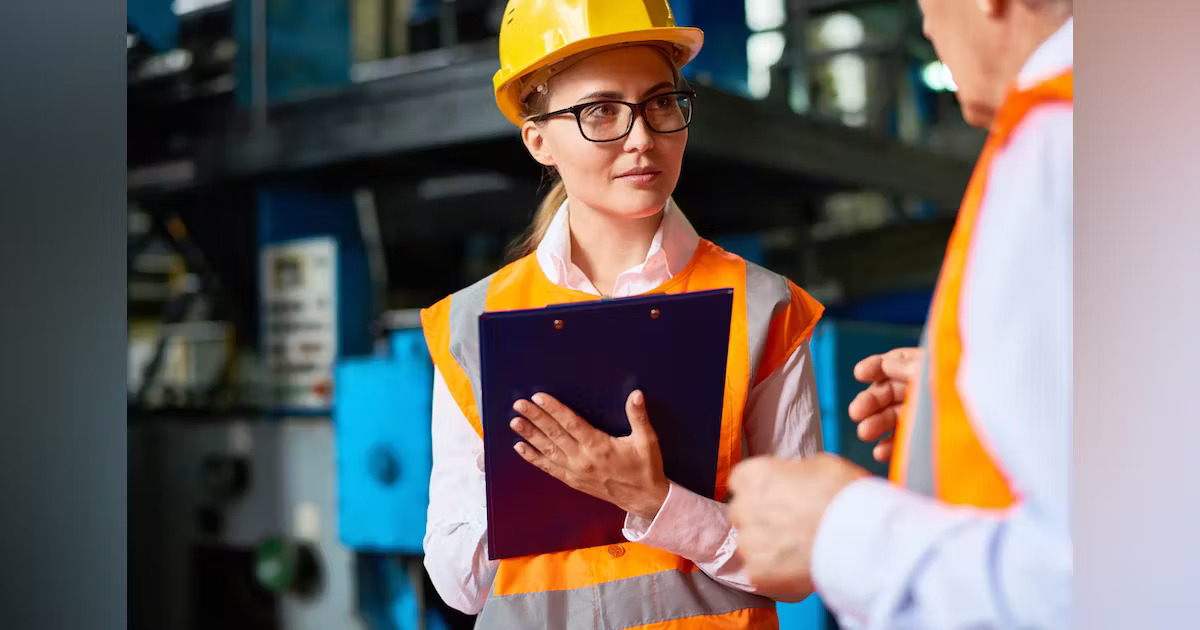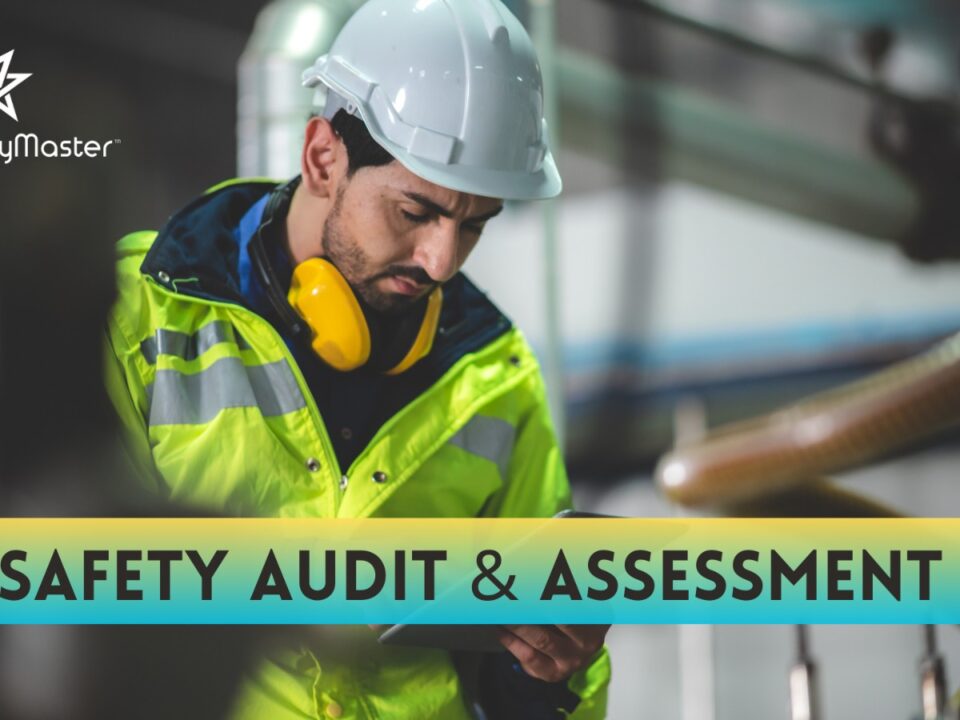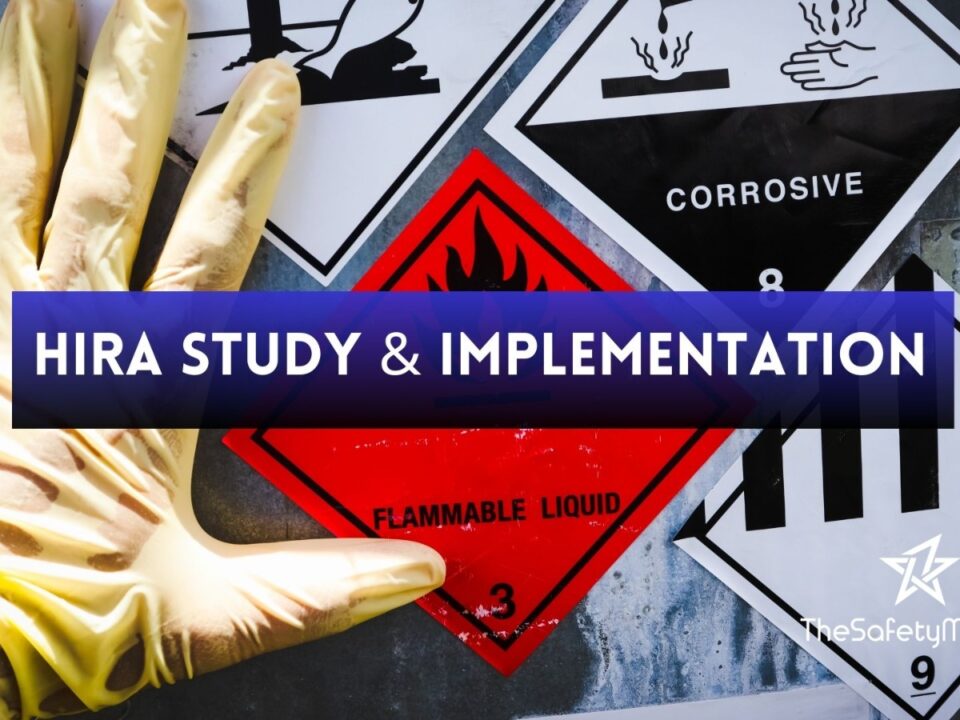Adapting Industry Safety Protocols for Modern Resilience

Fire Fighting Training: Building Skills & Preparedness for Emergency Response
December 26, 2024
Optimizing Pressure Vessel Testing: NDT, Scheduling & Lessons
December 27, 2024In today’s rapidly changing industrial landscape, the importance of safety and resilience cannot be overstated. With technological advancements transforming operations across industries, safety protocols must evolve to meet new challenges. These changes are not just about adopting new technologies; they are about fundamentally rethinking how safety is managed in a modern, often unpredictable, environment. This blog explores the ways in which general industry safety protocols are being adapted to enhance resilience and ensure continued protection for workers and assets.
The Need for Modernized Safety Protocols
The industrial sector has always been one of the most dynamic, with constant innovations driving efficiency and productivity. However, these innovations often bring new risks and challenges. Traditional safety protocols, while effective in their time, may not be sufficient to address the complexities of modern industrial operations. Therefore, there is a growing need to update and adapt these protocols to ensure they remain relevant and effective in protecting workers, equipment, and the environment.
One of the key drivers behind the need for updated safety protocols is the increasing reliance on automation and digital technologies. As industries embrace the Fourth Industrial Revolution, with technologies such as the Internet of Things (IoT), artificial intelligence (AI), and robotics becoming more prevalent, safety systems must also evolve. These technologies, while beneficial in many ways, introduce new risks that traditional safety measures may not fully address.
Harnessing Technology for Enhanced Safety
Modern safety protocols are increasingly leveraging technology to improve resilience. For instance, predictive analytics and real-time monitoring systems allow companies to identify potential hazards before they become critical issues. By analyzing data from various sources, these systems can predict equipment failures, monitor environmental conditions, and alert operators to potential safety risks. This proactive approach to safety management is essential in a world where even minor disruptions can have significant consequences.
Furthermore, the integration of AI and machine learning into safety systems has opened new possibilities for enhancing resilience. These technologies can analyze vast amounts of data to identify patterns and trends that might not be immediately apparent to human operators. For example, AI can detect subtle changes in equipment performance that could indicate an impending failure, allowing for preventive maintenance and reducing the risk of accidents.
Adapting Safety Protocols to New Norms
As industries adapt to new technologies and operational norms, safety protocols must also evolve. One of the key areas where this adaptation is evident is in the management of Process Safety. Process Safety Management (PSM) is a systematic approach to ensuring that industrial processes operate safely. This involves identifying potential hazards, implementing control measures, and continuously monitoring operations to prevent incidents.
With the increasing complexity of industrial processes, PSM has become more critical than ever. Modern PSM involves not only traditional safety measures but also the integration of advanced technologies such as IoT and AI to monitor and manage risks in real-time. This allows for a more dynamic approach to safety, where protocols can be adjusted on the fly based on real-time data, ensuring that they remain effective even as conditions change.
Process Safety Management Training is also evolving to meet the needs of modern industry. Training programs now incorporate digital tools and simulations that allow workers to experience potential hazards in a controlled environment. This hands-on approach helps workers better understand the risks they face and how to respond to them effectively. By providing workers with the knowledge and skills they need to operate safely in a high-tech environment, these training programs play a crucial role in enhancing overall safety and resilience.
Fire Safety in the Modern Industrial Landscape
Fire safety remains a critical aspect of industrial safety protocols, particularly as new technologies and materials are introduced into the workplace. Fire Risk Assessments have become more complex, requiring a deep understanding of both traditional fire hazards and the new risks posed by modern industrial processes. For example, the increased use of electrical and electronic equipment in industrial settings has introduced new potential sources of ignition, which must be carefully managed.
To address these challenges, modern fire safety protocols often include fire audits—comprehensive reviews of a facility’s fire safety measures. These audits help identify potential weaknesses in fire prevention and response systems, ensuring that they are up to date and effective. Fire audits are especially important in industries that deal with hazardous materials or processes that could lead to significant fire risks.
The integration of digital technologies into fire safety is also becoming more common. For example, smart fire detection systems that use sensors and IoT technology can monitor for signs of fire or smoke in real-time, providing early warnings that can prevent small incidents from escalating into major emergencies. These systems can be connected to a central monitoring platform, allowing for rapid response and coordination in the event of a fire.
Building Resilience Through Continuous Improvement
Adapting safety protocols to modern norms is not a one-time task; it requires continuous improvement and adaptation. As new risks emerge and technologies evolve, safety systems must be regularly reviewed and updated to ensure they remain effective. This requires a commitment to ongoing training, investment in new technologies, and a proactive approach to risk management.
One of the keys to building resilience is fostering a safety culture within the organization. This means ensuring that safety is a priority at all levels, from top management to frontline workers. It involves not only adhering to safety protocols but also encouraging workers to take an active role in identifying and addressing potential risks. By empowering workers to be part of the safety process, companies can create a more resilient workforce that is better equipped to handle unexpected challenges.
Moreover, the concept of resilience extends beyond just responding to incidents; it also involves being able to recover quickly and effectively from disruptions. This requires having robust emergency response plans in place, as well as systems for business continuity and disaster recovery. By planning for the unexpected, companies can minimize the impact of incidents and ensure a swift return to normal operations.
Conclusion
As industries continue to evolve, safety protocols must also adapt to meet the new challenges and risks that arise. By harnessing the power of modern technologies, such as AI, IoT, and predictive analytics, companies can enhance their safety systems and build greater resilience in the face of change. The integration of Process Safety Management, fire audits, and Fire Risk Assessments into these protocols ensures a comprehensive approach to safety that addresses both traditional and modern risks.
Ultimately, the key to successful adaptation lies in continuous improvement and a commitment to fostering a strong safety culture. By staying ahead of the curve and proactively addressing potential risks, companies can protect their workers, assets, and operations, ensuring long-term success in an ever-changing industrial landscape.



